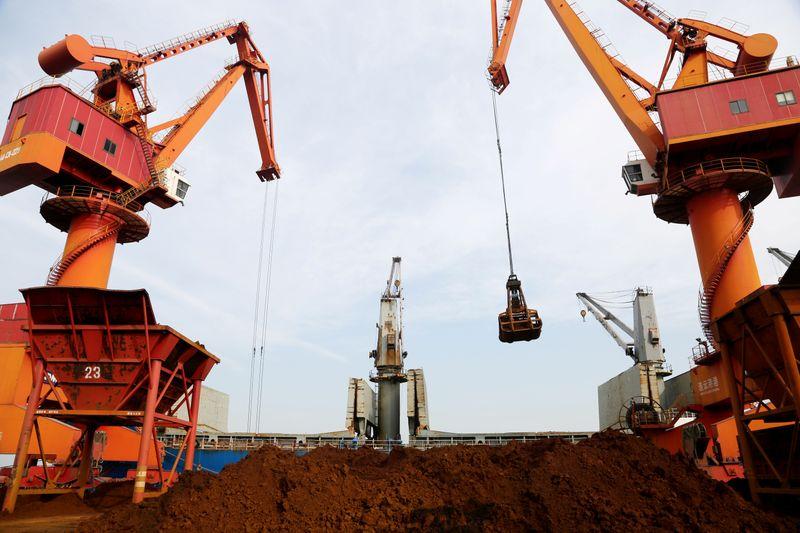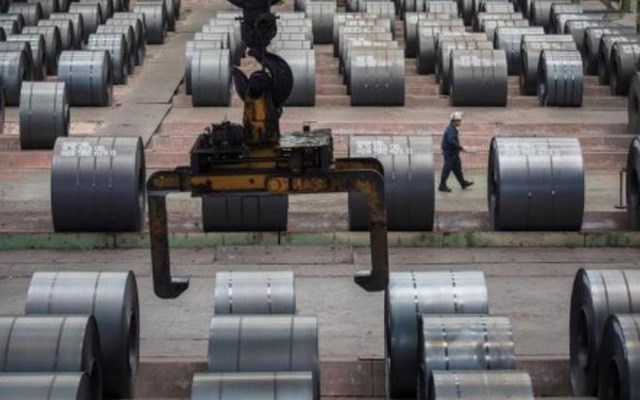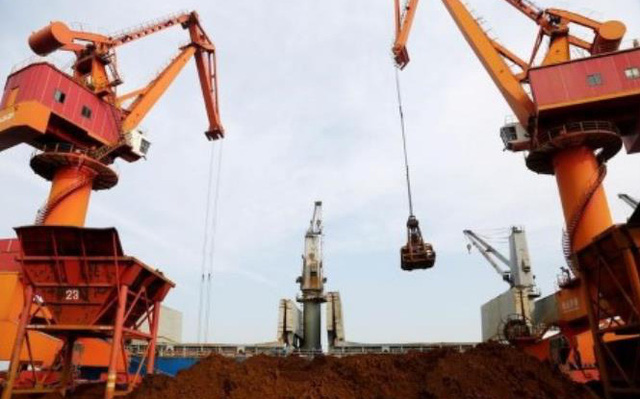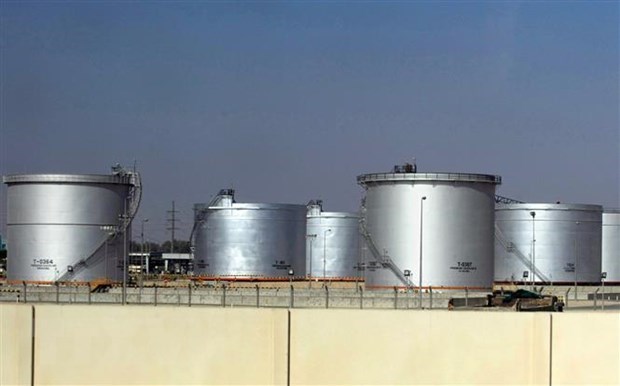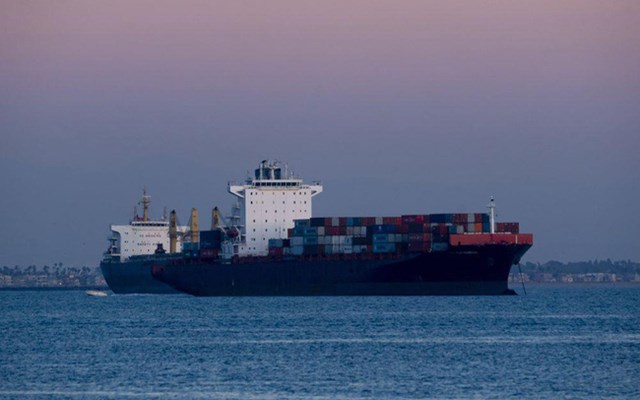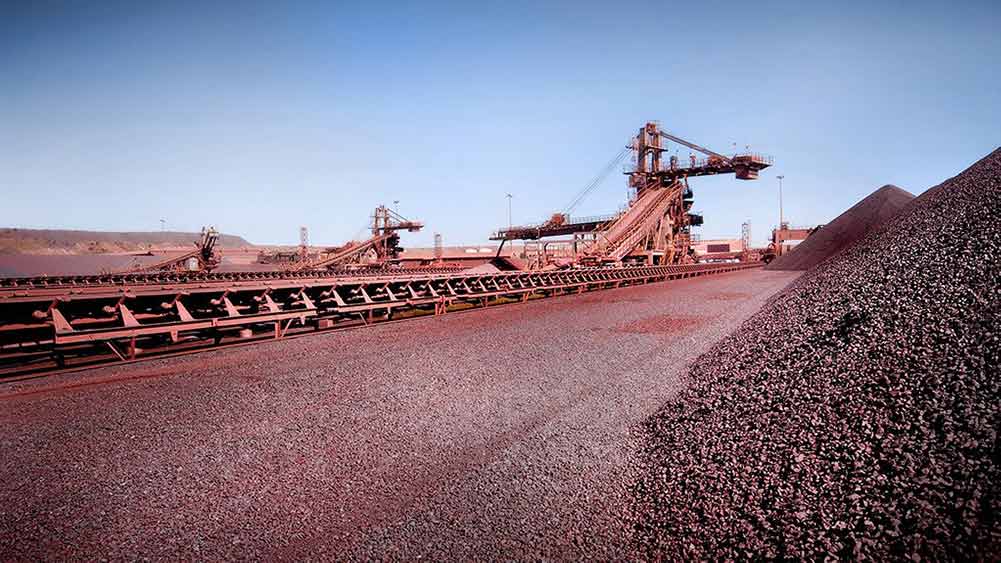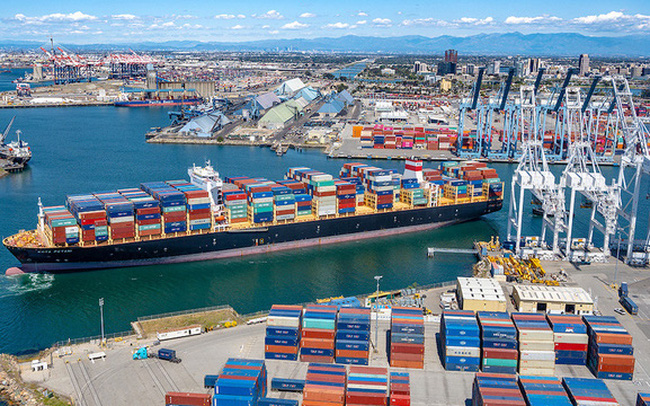Iron ore, one of the hottest commodities this year, is falling sharply as China’s steel output shows signs of slowing down.
Iron ore prices fell sharply
Since mid-July this year, iron ore prices have fallen about 40% due to concerns about the demand of steel mills in China, especially as the country of billions of people is producing more than half of its steel output. Around the world.
Iron ore’s shortfall has dealt a blow to major iron ore mining countries such as Australia and Brazil, as they are scrambling to protect the economic recovery from the outbreak of the Delta mutation.
According to S&P Global Platts, in the session on August 19, the price of standard iron ore fell to 130.2 USD/ton. Moreover, on that day alone, ore prices evaporated 15%, also the deepest drop since November last year.

In the trading session on August 20, the price of iron ore recovered to 139.1 USD/ton, but still far from the all-time high of 233 USD/ton set in May.
Other commodities such as crude oil and copper also fell as investors worried that the Delta mutation could hinder the recovery of the world economy, but not as quickly as iron ore.
While iron ore is the world’s second-most traded commodity after crude oil, the mineral’s price is often more volatile than older commodities like oil and copper.
Morgan Stanley emphasized, iron ore prices have never been at such an incredible pace since the market established a daily price pattern for this commodity 13 years ago.
“We were anticipating a correction in iron ore prices, as the current price levels are too high but unsustainable. However, while the iron ore trading history has been quite volatile, we are a bit surprised that it has lost momentum. so fast,” Morgan Stanley said.
China squeezes steel output in the second half of the year
This August, BHP, one of the world’s largest mining companies by capitalization, warned that Chinese iron ore demand is expected to weaken in the medium term. The country’s crude steel output will slow down, while mills will increase their use of scrap steel instead of iron ore.
Not only BHP but the market as a whole is predicting that China’s steel output will continue to shrink and the iron ore price is therefore at risk of a further decline.
In the first half of this year, mills in China shipped crude steel at a record high. However, Beijing still aims to keep total output in 2021 at the same level as last year.
Rohan Kendall, an analyst at Wood Mackenzie, commented: “The Chinese government’s goal is to force domestic steel firms to sharply cut output in the second half of 2021.”
The Wall Street Journal, citing official data, said that in July, China’s steel output fell by 8.4% year-on-year. This is also the first month of this year to record a decrease in output compared to last year.
However, compared to the beginning of the year, Chinese mills’ steel output still needs to lose about 12% more in the August-December period to fulfill Beijing’s ambitious target, the Commonwealth Bank of Australia noted. idea.

An iron ore mine in Brazil. (Photo: Reuters).
Recent data also suggests that China’s economic recovery is slowing. The monthly indexes of industrial output, consumption and investment all fell short of experts’ predictions.
Since last year, China has been talking about limiting steel production to reduce greenhouse gas emissions. The steel industry currently accounts for about 15% of the country’s carbon emissions.
The problem this year is that steel prices and steel demand are both high, partly aided by economic stimulus measures during the pandemic, which have stimulated mills in China to produce as much steel as possible, Mr. Kendall said.
“However, China’s steel demand won’t grow forever, or may have peaked. Beijing is trying to shift its economy from a growth-focused direction to a new future where demand is a new future. steel will stagnate or decrease slowly,” the expert warned.
T&G International Joint Stock Company
Address: 352 Hue Street, Le Dai Hanh Ward, Hai Ba Trung District, Hanoi
Hotline: 0345786803
Email: hrm@tginterjsc.com
Website: http://tginternationaljsc.com



